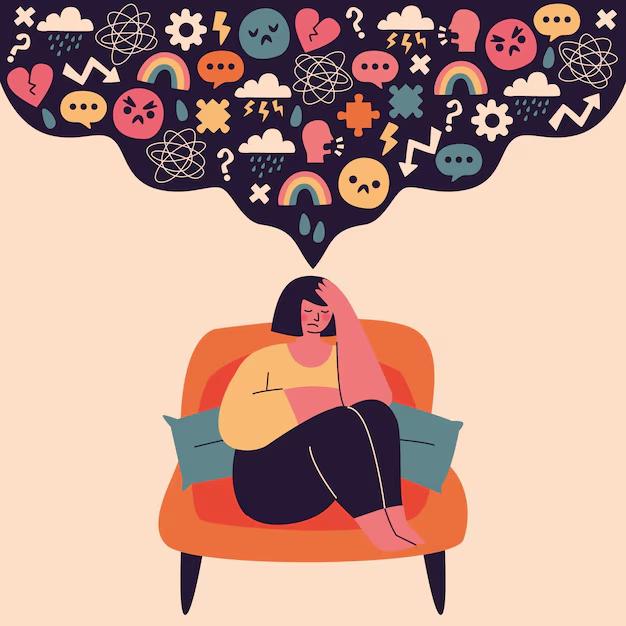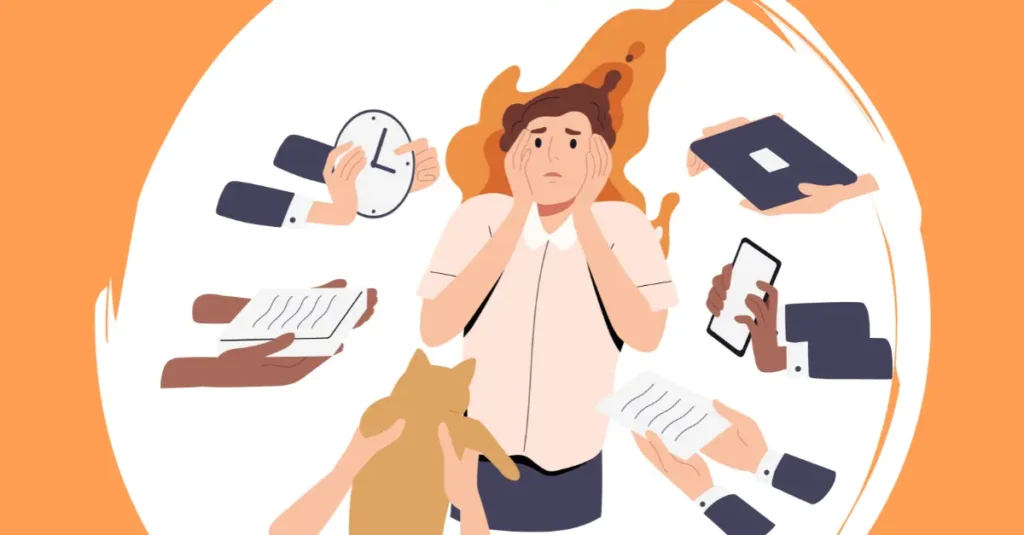Introduction
You meet someone new and within seconds—bam!—you’ve decided whether they’re trustworthy, likable, or someone to avoid at all costs. But what’s really going on in your brain during those first few moments? Here are 7 surprising, science-backed truths about first impressions that explain how they’re formed—and why they’re so hard to change.
Read More- Do Looks Matter?
1. It Only Takes 1/10th of a Second to Judge Someone
Your brain starts making judgments before you’re even aware of it. According to Willis & Todorov (2006), we form first impressions based on facial features in just 100 milliseconds. That’s faster than a blink—literally.
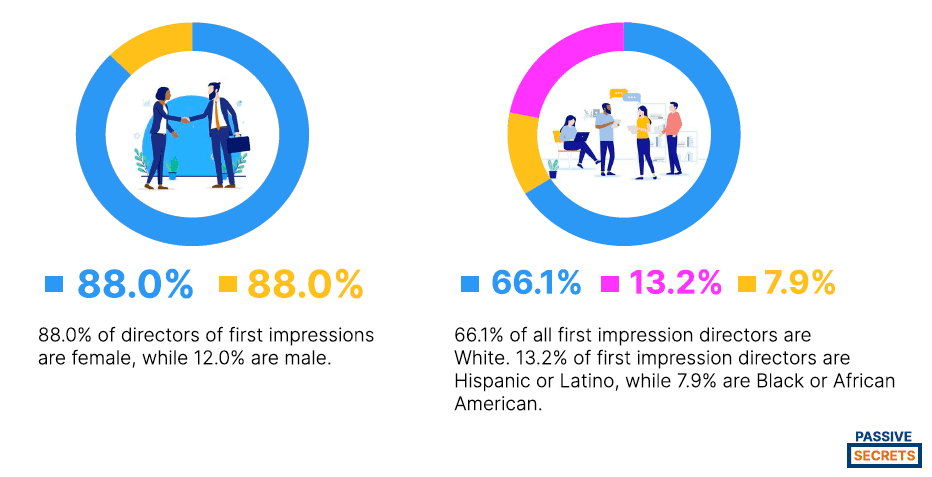
2. Your Brain Uses Shortcuts—and Sometimes They’re Wrong
We rely on schemas and past experiences to quickly interpret new people. This helps us make sense of the world fast, but it also means we’re prone to snap judgments based on stereotypes (Macrae & Bodenhausen, 2000).
3. First Impressions Stick Like Superglue
Once we’ve formed an impression, it’s incredibly difficult to undo it. The halo effect (Thorndike, 1920) means that one positive trait can color how we see the rest of a person—and vice versa with the horns effect.
4. Your Mood Skews What You See
Yup, your own emotional state can affect how you interpret others. Feeling stressed or angry? You might be more likely to see someone as rude or cold, even if they’re not.
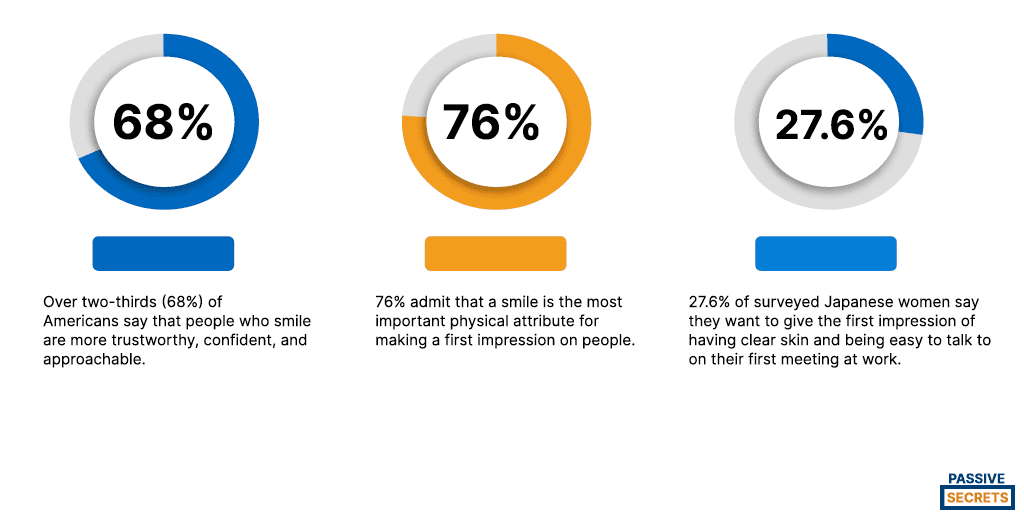
5. Confirmation Bias Will Defend That Impression Like a Guard Dog
Once you’ve made a judgment, your brain wants to prove it right. This is confirmation bias (Nickerson, 1998), where you seek out info that supports your first impression and overlook anything that contradicts it.
6. Changing a First Impression Takes Time—And Consistency
Rewriting that initial judgment isn’t easy. According to Cone & Ferguson (2015), it takes repeated exposure to new, consistent behavior that strongly contradicts your original impression to finally change your mind.
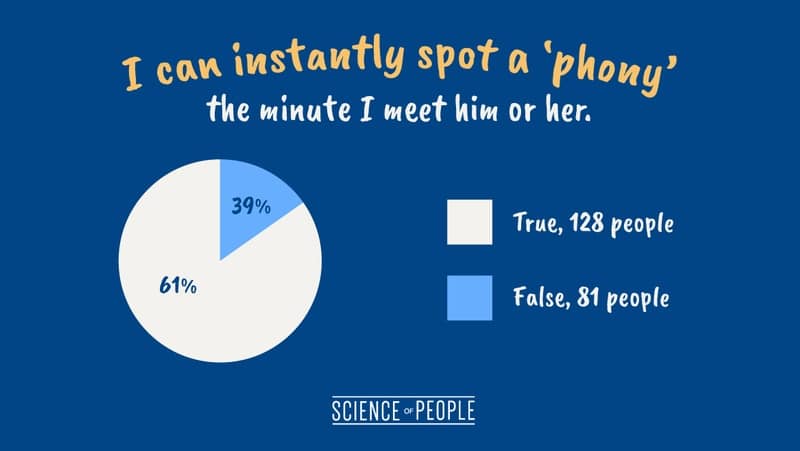
7. You Can Train Yourself to Be Less Judgy
Awareness is your secret weapon. By recognizing that you will make snap judgments, you can pause, question your instincts, and give people the chance to surprise you. Reflective thinking can help override those automatic mental shortcuts (Petty & Cacioppo, 1986).
First Impressions Are Fast, Flawed, and Fixable
Your brain may be a judgment machine, but with a little awareness and curiosity, you can move past the knee-jerk reactions and get to know the real person behind the first impression.
References
Cone, J., & Ferguson, M. J. (2015). He did what? Reactively and intentionally updating impressions. Journal of Personality and Social Psychology, 108(1), 37–57. https://doi.org/10.1037/pspa0000014
Macrae, C. N., & Bodenhausen, G. V. (2000). Social cognition: Thinking categorically about others. Annual Review of Psychology, 51, 93–120. https://doi.org/10.1146/annurev.psych.51.1.93
Nickerson, R. S. (1998). Confirmation bias: A ubiquitous phenomenon in many guises. Review of General Psychology, 2(2), 175–220. https://doi.org/10.1037/1089-2680.2.2.175
Petty, R. E., & Cacioppo, J. T. (1986). The elaboration likelihood model of persuasion. Advances in Experimental Social Psychology, 19, 123–205. https://doi.org/10.1016/S0065-2601(08)60214-2
Thorndike, E. L. (1920). A constant error in psychological ratings. Journal of Applied Psychology, 4(1), 25–29. https://doi.org/10.1037/h0071663
Todorov, A., Gobbini, M. I., Evans, K. K., & Haxby, J. V. (2007). Spontaneous retrieval of affective person knowledge in face perception. Neuropsychologia, 45(1), 163–173. https://doi.org/10.1016/j.neuropsychologia.2006.04.018
Willis, J., & Todorov, A. (2006). First impressions: Making up your mind after a 100-ms exposure to a face. Psychological Science, 17(7), 592–598. https://doi.org/10.1111/j.1467-9280.2006.01750.x
Subscribe to PsychUniverse
Get the latest updates and insights.
Join 3,030 other subscribers!
Niwlikar, B. A. (2025, April 14). 7 Powerful Truths About First Impressions That Could Change How You See People Forever. PsychUniverse. https://psychuniverse.com/first-impressions/

